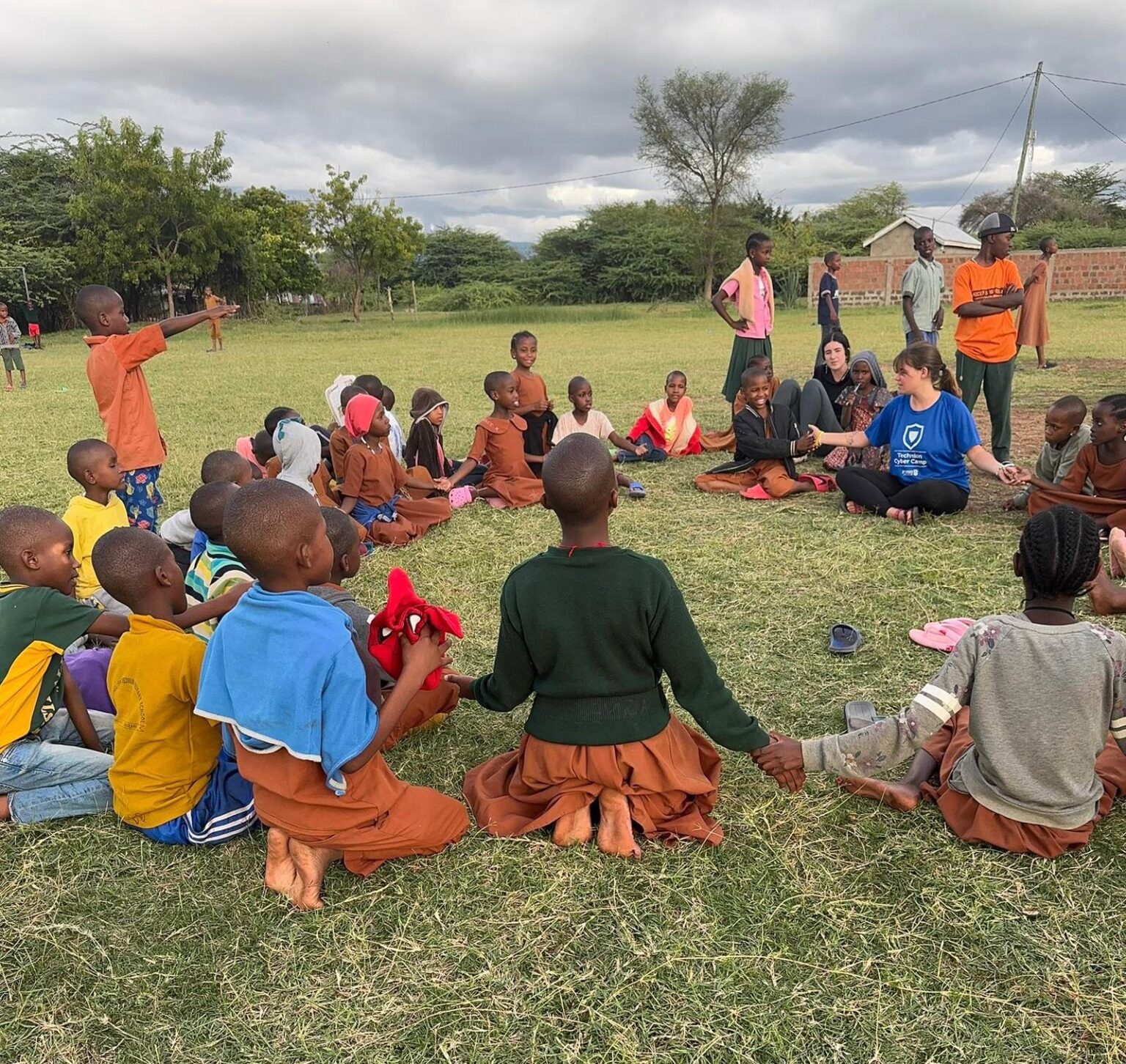SID Israel CEO Ayelet Levin-Karp emphasizes strengthening economic and diplomatic ties with Africa is essential for Israel, ‘maybe now more than ever’
Ayelet Israeli will spend this Rosh Hashanah surrounded by children in Tanzania whose lives she is helping to rebuild and restore with hope.
A volunteer with HalevAfrica, she said the children know that much of their support comes from people they have never met in Israel and around the world.
“They feel your love every day,” Israeli told The Media Line.
HalevAfrica is an NGO working in Tanzania to support orphans and children who have been abandoned or abused. The organization provides access to education, medical care, a safe living environment and personal mentorship.
Our mission is to give those kids the chance to grow up with dignity, security and the tools to build a better future — even when they have no family to rely on,” Israeli explained.
She noted that the program connects long-term Israeli volunteers with boarding schools so they can live and work alongside local teachers, caregivers and community members. During multi-month placements, volunteers tutor and mentor children, lead extracurricular and psychosocial programs, assist with teacher training and daily care, and support practical needs at the schools.
Having friends in the world is definitely something that we always need — and maybe now more than ever
“That continuity gives the children consistent adult attention and new learning opportunities, while helping staff develop skills and creating meaningful, sustained ties between the communities,” Israeli said.
Israeli is just one of hundreds of educators and social entrepreneurs spending the holidays this year in some of the world’s most marginalized regions — from the slums of Mumbai to remote villages in northern Uganda and orphanages in Tanzania. Many of these organizations operate under the SID Israel (Society for International Development) umbrella.
SID Israel is the professional community for international development and humanitarian aid. It works with 150 companies, organizations, academic programs and independent advisers to support aid and development work in the global South.
“We feel Israel should be there,” SID Israel CEO Ayelet Levin-Karp told The Media Line. “Israel was created to be a source of good, strength and compassion for the world. At the same time, we have lots to gain from giving; I believe the giver gains more than the receiver. And in some cases, these efforts also lead to better economic ties, better diplomatic ties. Having friends in the world is definitely something that we always need — and maybe now more than ever.” By Maayan Hoffman, The Medianline






